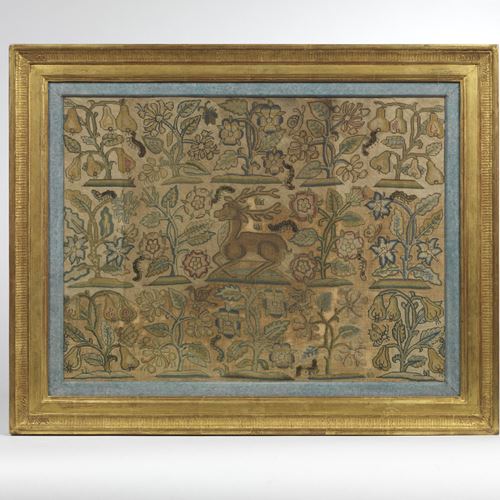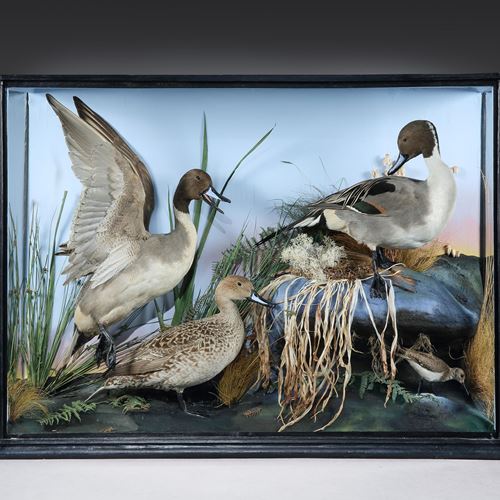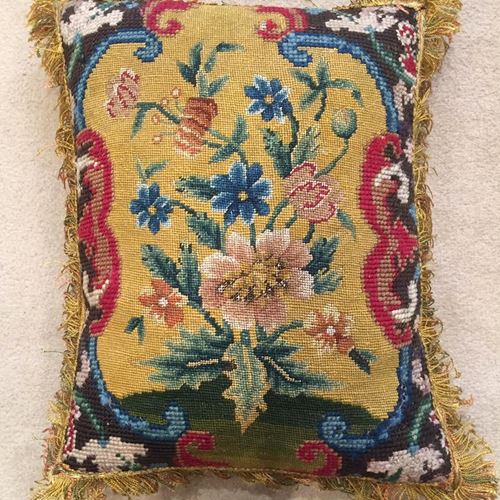search
1/3
A PAIR OF GEORGE III GLOBES
england , circa 1810
An exceptional pair of George III 21 inch celestial and terrestrial globes by John Cary (1755 - 1835), raised on superb mahogany stands, the tripod legs fluted and tapering, joined by cross stretchers with a central compass and ending in brass castors.
The mahogany stands of the finest quality.
The terrestrial globe inscribed: ‘Cary’s New Terrestrial Globe, exhibiting the Tracks and Discoveries made by Captain Cook; Also those of Captain Vancouver on the North West Coast of America and M. de la Perouse, on the Coast of Tartary. Together with every other Improvement collected from Various Navigators to the present time. London’.
The celestial globe inscribed: ‘Cary’s New and Improved Celestial Globe, on which is carefully laid down the whole of the Stars and Nebulae, contained in the Astronomical Catalogue, of the Revd. Mr. Wollaston, F.R.S. compiled from the Authorities of Flamsteed, de la Caille, Hevelius, Mayer, Bradley, Herschel, Maskelyne & c. With an extensive number from the Works of Miss Herschel. The whole adapted to the year 1800, and the Limits of each Constellation determined by a Boundary Line. London’.
The mahogany stands of the finest quality.
The terrestrial globe inscribed: ‘Cary’s New Terrestrial Globe, exhibiting the Tracks and Discoveries made by Captain Cook; Also those of Captain Vancouver on the North West Coast of America and M. de la Perouse, on the Coast of Tartary. Together with every other Improvement collected from Various Navigators to the present time. London’.
The celestial globe inscribed: ‘Cary’s New and Improved Celestial Globe, on which is carefully laid down the whole of the Stars and Nebulae, contained in the Astronomical Catalogue, of the Revd. Mr. Wollaston, F.R.S. compiled from the Authorities of Flamsteed, de la Caille, Hevelius, Mayer, Bradley, Herschel, Maskelyne & c. With an extensive number from the Works of Miss Herschel. The whole adapted to the year 1800, and the Limits of each Constellation determined by a Boundary Line. London’.
Stock number
AD.220
dimensions
More Details
Height: 46 in (117 cm)
Width: 27¹/₈ in (69 cm)
Depth: 27¹/₈ in (69 cm)
Width: 27¹/₈ in (69 cm)
Depth: 27¹/₈ in (69 cm)
The emergence of globe making in Britain closely mirrored the great cultural and economic changes in the 16th and 17th centuries. The exploration of previously uncharted continents, the expansion of ocean-going trade and the growing popular interest in science all combined to make desirable a graphic representation of this newly discovered knowledge. Terrestrial and celestial globes provided an ideal medium. By the late 17th century they had become the principal instruments for teaching geography and astronomy. Globes were not only used to teach physical location and the relationship of the various continents and constellations but also to demonstrate the concepts of spherical trigonometry required for navigation and astronomy.
By the beginning of the 18th century the British globe making industry was concentrated in London. John and William Cary, two brothers who worked in partnership, established themselves as the leading manufacturers of all varieties of globes. John Cary (1755 – 1835), from Corsley in Wiltshire, was apprenticed to the map engraver William Palmer and was made a Freeman of the City of London in 1778. He started his globe making business in 1791, when he advertised terrestrial and celestial globes in a variety of sizes, from 3.5 inches to 21 inches in diameter. Library globes were mounted on high stands with turned reeded legs, or with a tripod. Table globes were also supplied. Cary's firm was located at 181 The Strand and in about 1820 he moved to 86 St. James's Street. The business was continued by his sons.
The present globes demonstrate clearly the quality and sophistication of John Cary’s work. The elegant stands are constructed using the finest mahogany and the cradles which houses the gloves are veneered with figured mahogany now faded to a rich colour with excellent patination, and allow the globes to move freely on their axis. The design of the stands is restrained and simple to create a feeling of lightness.
Of particular note, Captain Cook’s voyages are marked on the terrestrial globe, showing the sea routes and tracks he took on his expeditions.
By the beginning of the 18th century the British globe making industry was concentrated in London. John and William Cary, two brothers who worked in partnership, established themselves as the leading manufacturers of all varieties of globes. John Cary (1755 – 1835), from Corsley in Wiltshire, was apprenticed to the map engraver William Palmer and was made a Freeman of the City of London in 1778. He started his globe making business in 1791, when he advertised terrestrial and celestial globes in a variety of sizes, from 3.5 inches to 21 inches in diameter. Library globes were mounted on high stands with turned reeded legs, or with a tripod. Table globes were also supplied. Cary's firm was located at 181 The Strand and in about 1820 he moved to 86 St. James's Street. The business was continued by his sons.
The present globes demonstrate clearly the quality and sophistication of John Cary’s work. The elegant stands are constructed using the finest mahogany and the cradles which houses the gloves are veneered with figured mahogany now faded to a rich colour with excellent patination, and allow the globes to move freely on their axis. The design of the stands is restrained and simple to create a feeling of lightness.
Of particular note, Captain Cook’s voyages are marked on the terrestrial globe, showing the sea routes and tracks he took on his expeditions.

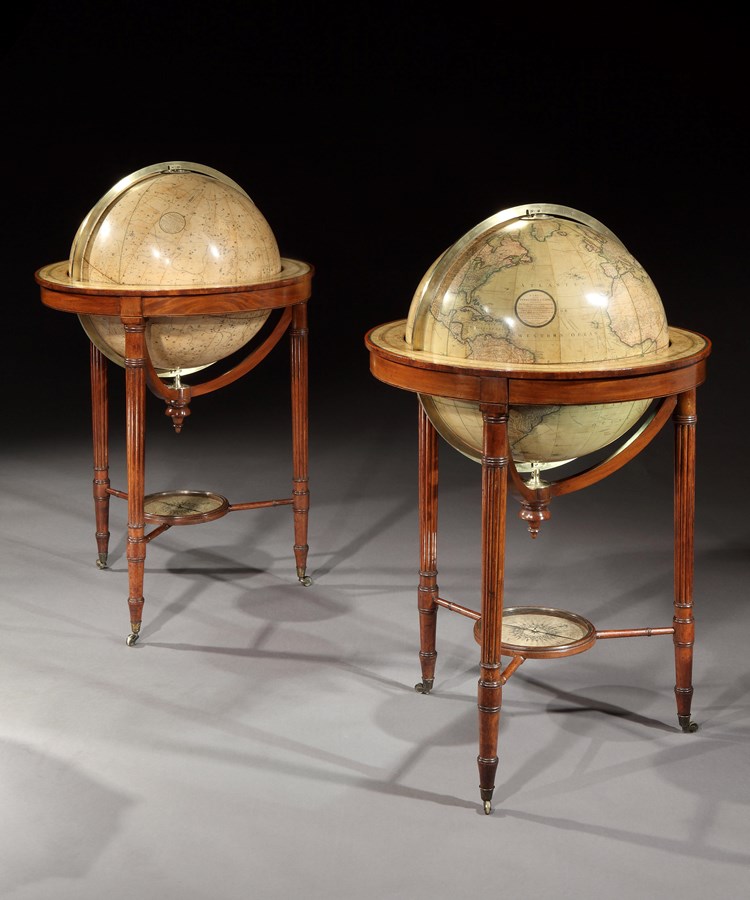
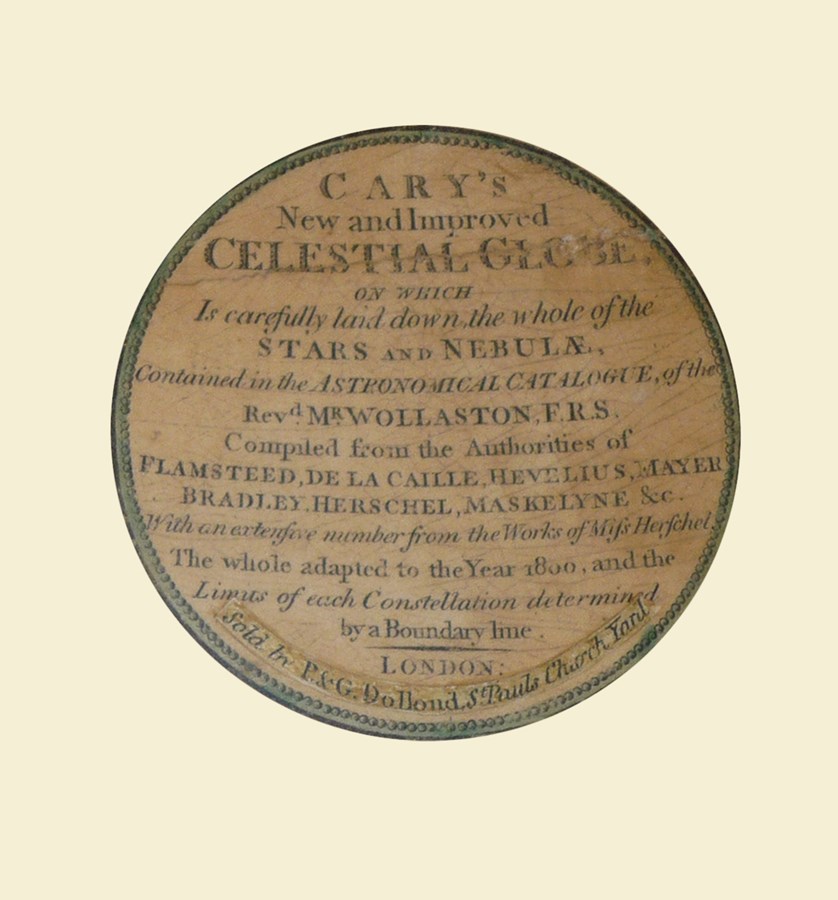
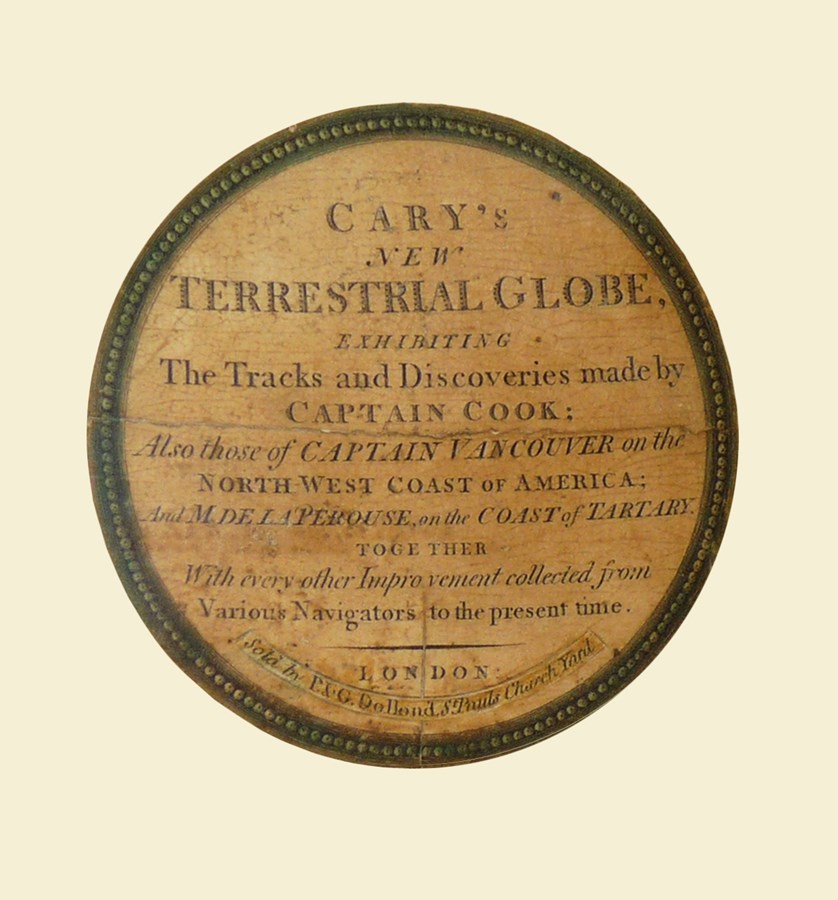


 enquire
enquire
 +44 (0)20 7839 5671
+44 (0)20 7839 5671
 +44 (0)7725 332 665
+44 (0)7725 332 665
